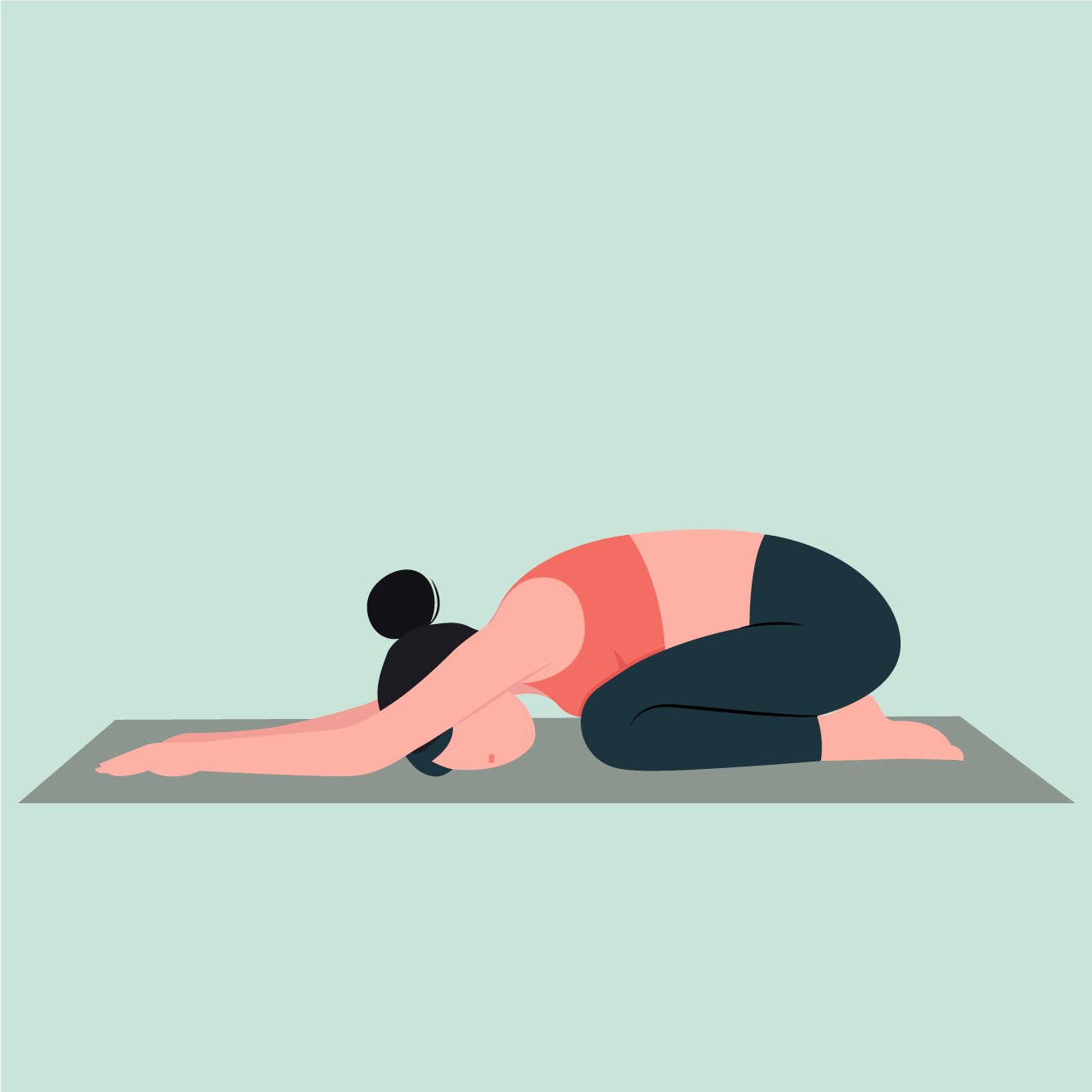When Is Knee Soreness Okay During ACL Rehab?
Knee soreness is one of the most common symptoms that patients experience after ACL surgery. While our goal is to never have you experience knee soreness during ACL rehab, it is unfortunately a common occurrence during rehab, especially as we begin to load the knee more with weight bearing exercises. Remember that muscles are what helps absorb force during exercise and if muscles are not strong enough, more force goes through the joints, potentially leading to soreness.
So when is knee soreness okay and when should you modify your activities? In this blog post, we will discuss general knee soreness rules so in the case that knee soreness does happen, you’ll know what to do.
A great analogy that I heard for approaching knee soreness compared it to traffic lights.
Soreness that resolves after you warm up can be considered a green light, you can continue with your activity as planned without making any changes. If soreness redevelops during the session, stop and take a day or two off to allow your soreness to resolve and drop back down to the level (weight, volume, distance, etc) before you experience soreness.
If knee soreness does not resolve after warming up, stop and take a day or two off and drop back down to the level before you experienced knee soreness.
Understanding soreness rules can help decrease anxiety behind knee soreness during rehab
Soreness after exercise that lasts 1 day can be considered a yellow light, allow the soreness to resolve but continue on the same level of your plan. Your joint may be getting slightly overloaded but isn’t something that needs to alter your activity. If this continues to persist, modifying the plan or dropping down a level may be warranted.
Soreness after exercise that last 2+ days can be considered a red light, allow the soreness to resolve and drop down to the level of your plan before you experienced soreness. Your joint is getting very overloaded and you need to back down and build strength before you attempt that level again.
That being said, remember that sharp pain is never okay and neither is uncontrolled swelling, especially in the middle to late stages of rehab where pain and swelling should be extremely well manage or non-existent. If you experience either of these, make sure that you contact your provider so they can examine your knee further.
So in conclusion, as providers, our goal is that you don’t experience knee soreness at all but if you do, understanding soreness rules can help decrease some anxiety you may feel. Additionally, if you aren’t sure or are at all concerned about your knee soreness, make sure you ask your provider. Our job is the help guide you through this process!
Other Posts You Might Like















